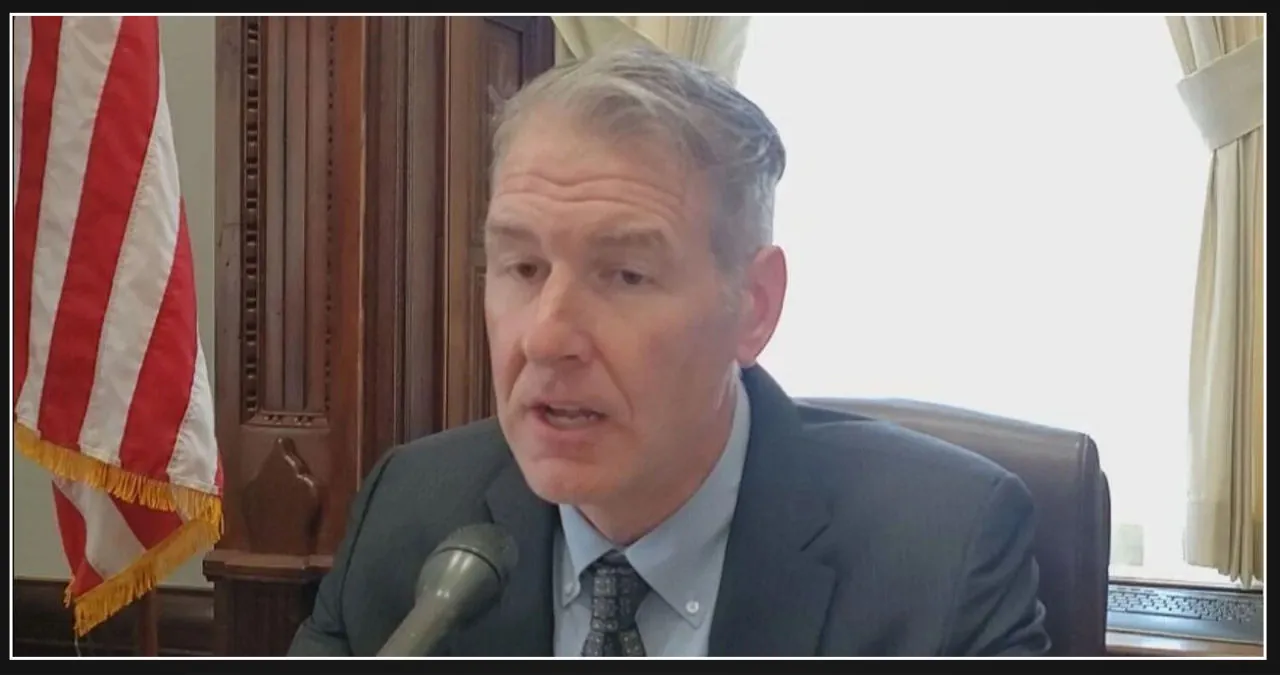During the Democratic National Convention in August, Pennsylvania Governor Josh Shapiro emphasized the importance of engaging and energizing the Latino electorate on a national scale. He encouraged party members to follow his example by actively participating, attentively listening, and addressing the concerns that resonate within the Latino community and beyond.
Shapiro’s advice is rooted in his firsthand experience with the growing Latino community in the swing state of Pennsylvania. Take Reading, for example, a town located approximately 60 miles from Philadelphia, where Latinos make up a significant 67% of the population. This makes Reading a crucial town for both Harris and former President Donald Trump as they vie for victory in Pennsylvania.
The Latino population in Philadelphia has experienced a significant increase over the years, from 129,000 residents in 2000 to 244,000 in 2023. This growth highlights the importance of understanding their role, as well as the role of immigrants in general, in the upcoming November elections. A recent poll conducted by The New York Times has revealed that, for the first time in this election cycle, Harris has taken the lead in the state with 50% support, while Trump trails behind at 46%.
According to a recent report by The Pew Charitable Trusts, there are several interesting findings regarding the contribution of immigrants to Philadelphia’s labor force. One key insight is that the number of foreign-born workers in Philadelphia has significantly increased from 105,600 to 158,300, marking a 50% growth. This increase in foreign-born workers has played a significant role, accounting for about one-third of the overall increase in the city’s employed labor force since 2010.
On the other hand, the study revealed that a significant portion, specifically half, of these workers are earning low wages, which the report defines as less than $36,300 per year. In 2022, the median household income for immigrants in Philadelphia was $54,900, slightly lower than the $57,000 for U.S.-born residents. These findings present policymakers with a range of opportunities to address this issue.
Language proficiency and education play a significant role in the disparities in earnings. It is observed that approximately 90% of immigrant workers who earn high wages reported having a good command of the English language. In contrast, about 75% of individuals in the middle-income bracket mentioned the same. However, one-third of low-wage earners admitted to facing difficulties with the English language. Moreover, more than half of them possessed only a high school diploma or less, whereas around 90% of high-wage earners were fluent in English.
Self-employment has become a popular choice for immigrants in Philadelphia. About one-third of self-employed business owners in the city are foreign-born. In 2022, there were approximately 21,000 immigrant entrepreneurs, representing a significant portion of the entrepreneurial community compared to their population size.
During the 2018-22 period, it was observed that Philadelphia’s self-employed immigrants predominantly owned businesses in sectors such as construction firms, restaurants, taxi and trucking companies, and housecleaning services. On the other hand, U.S.-born entrepreneurs primarily focused on sectors like construction, management, scientific, and technical consulting, as well as independent (freelance) art, writing, and performance services.







